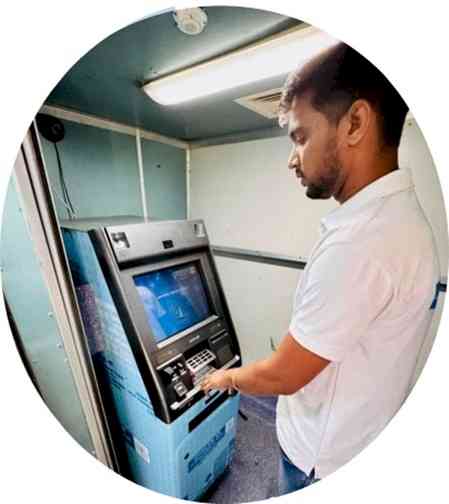MSME Credit Health Index notches higher for growth as well as strength, backed by ECLGS Infusion
States of Tamil Nadu, Maharashtra and Gujarat have shown higher growth momentum

Chandigarh: The latest MSME Credit Health Index indicates that MSME credit growth has accelerated in the quarter ending September 2020 as compared to the quarter ending in June 2020. The overall Growth Index stood at 114 in September, a three-point increase from 111 in June while the overall Strength Index also improved to 89 from 83 over the same period.
In order to provide a reliable measure and benchmark of the growth and strength of the MSME sector in India, TransUnion CIBIL, in partnership with Ministry of Statistics & Programme Implementation (MoSPI), launched the MSME Credit Health Index in November 2020. The MSME Credit Health Index is built using credit data submitted by lending institutions to TransUnion CIBIL. The Index measures the credit health of India’s MSME industry on two parameters: Growth and Strength.
Growth is measured by plotting the increase/decrease in exposure value (outstanding balances) over time, and strength is measured by the increase/decrease in credit risk in terms of non-performing assets (NPA). Both the growth and strength indices follow the principle of the higher the better – i.e. an increasing Growth Index indicates improvement in credit growth; and an increasing Strength Index implies better asset quality and therefore denotes an improvement in the structural strength of the sector.
The growth of MSME credit (YoY increase in credit exposure) has picked up since June 2020, possibly owing to significant uptake of Government schemes, such as the ECLGS that was aimed at helping the sector bounce back from the impact of the global COVID-19 pandemic and ensuing lockdown.
Explaining these insights, the MD and CEO of TransUnion CIBIL- Mr. Rajesh Kumar said, “The ECLGS infusion has been a very visionary and timely policy intervention that is proving it’s benefits in both the short as well as long term. As MSMEs now have access to much needed financial support, they are able to scale their businesses which had experienced catastrophic lows post pandemic and resulting lockdowns. While PSBs took the initial lead in driving credit supply to MSMEs, private banks and NBFCs have also accelerated their lending to MSME’s in recent quarters.”
When analyzed at a lender category level, results showed that private banks (PVT) and public sector banks (PSBs) have seen a surge in growth in the Q2 and Q3 quarters of Calendar Year (CY) 2020, while non-bank financial companies (NBFCs) show a muted growth Index. Absolute credit disbursements data showed that PSBs have emerged as the leading MSME lender group in the period starting June 2020 to September 2020. Disbursals by private banks were also impacted during the lockdown however they are back to pre-COVID-19 levels.
Other notable findings show that Uttar Pradesh, which is in the top ten states by exposure, has seen sustained growth momentum in the last couple of quarters. Also among the top ten states with respect to exposure, the southern states have shown more growth than the northern states cumulatively with respect to micro loans. West Bengal and Telengana, also in the top ten, have a stable Strength Index along with a steadily increasing Growth Index.
“Even though the MSME sector growth remains buoyant backed by the credit guarantee support, credit institutions must be vigilant on the trajectory of their portfolios by regularly monitoring them and taking timely control measures. This best practice of closely monitoring portfolio changes at an industrywide level will prove beneficial for credit risk management as the economic landscape changes and newer regulatory as well as legal guidelines emerge,” concluded Rajesh.


 cityairnews
cityairnews 







